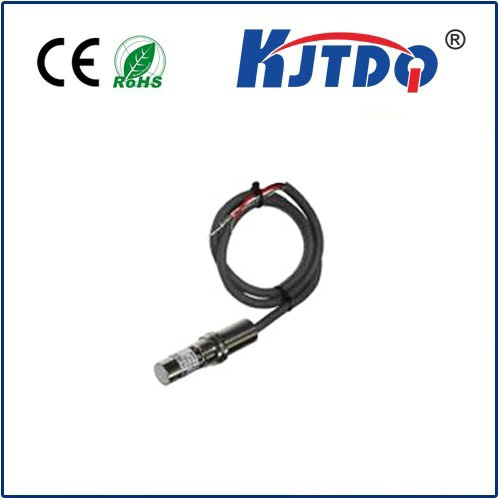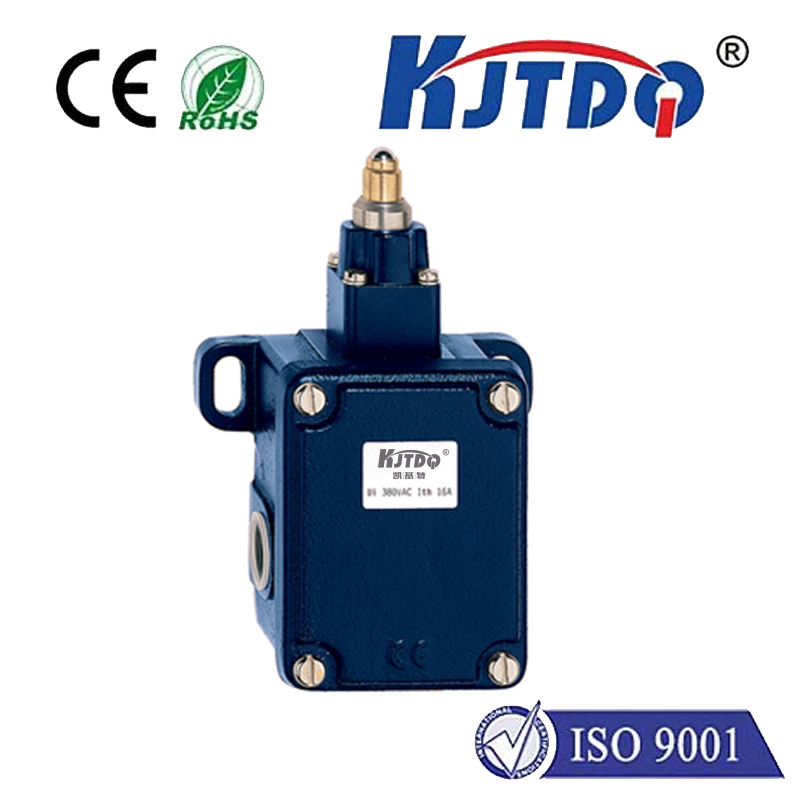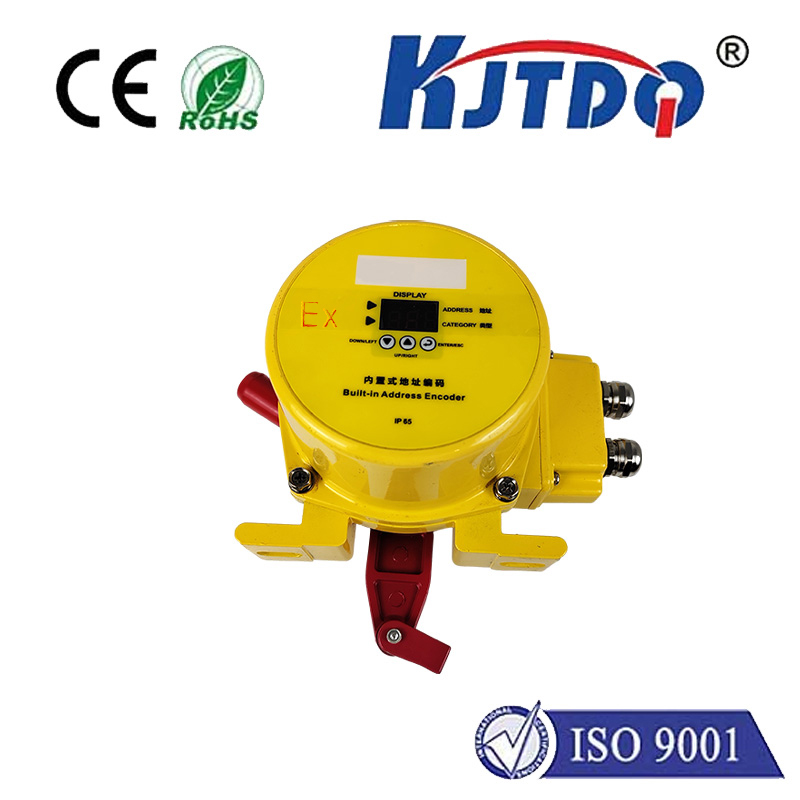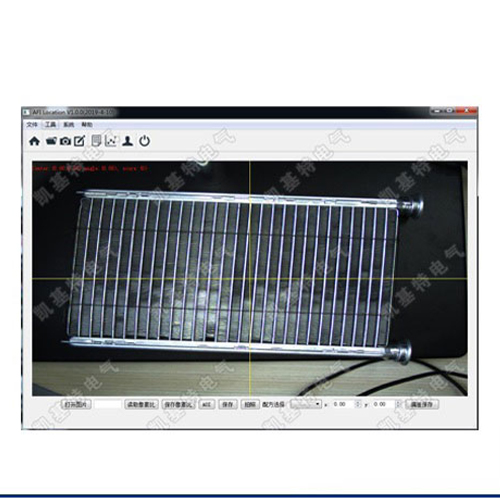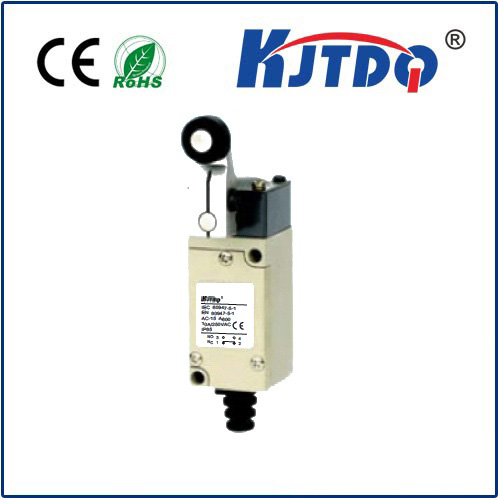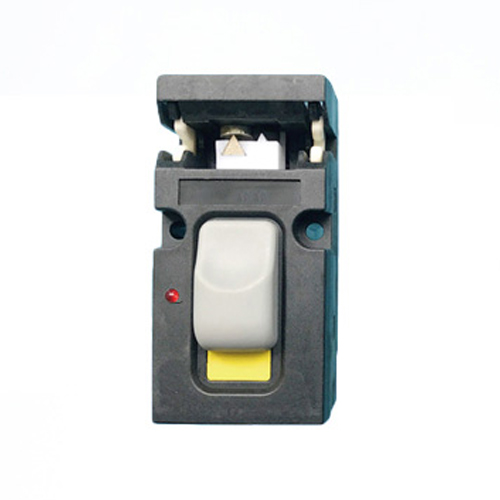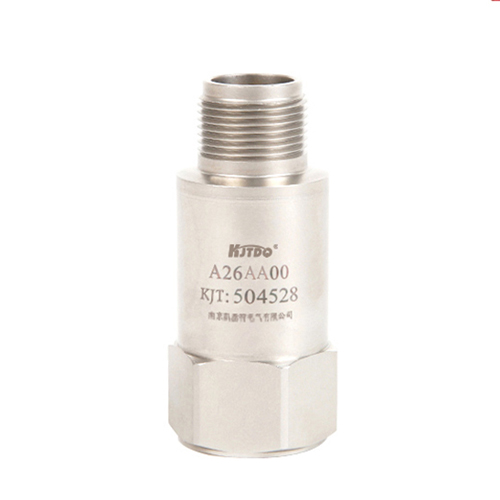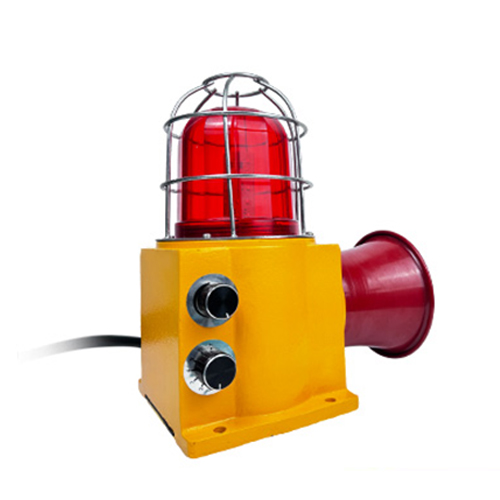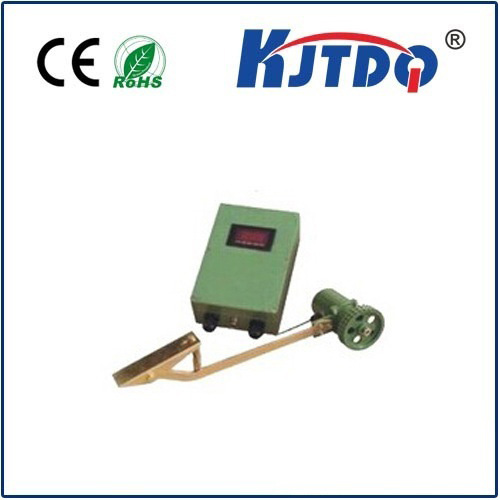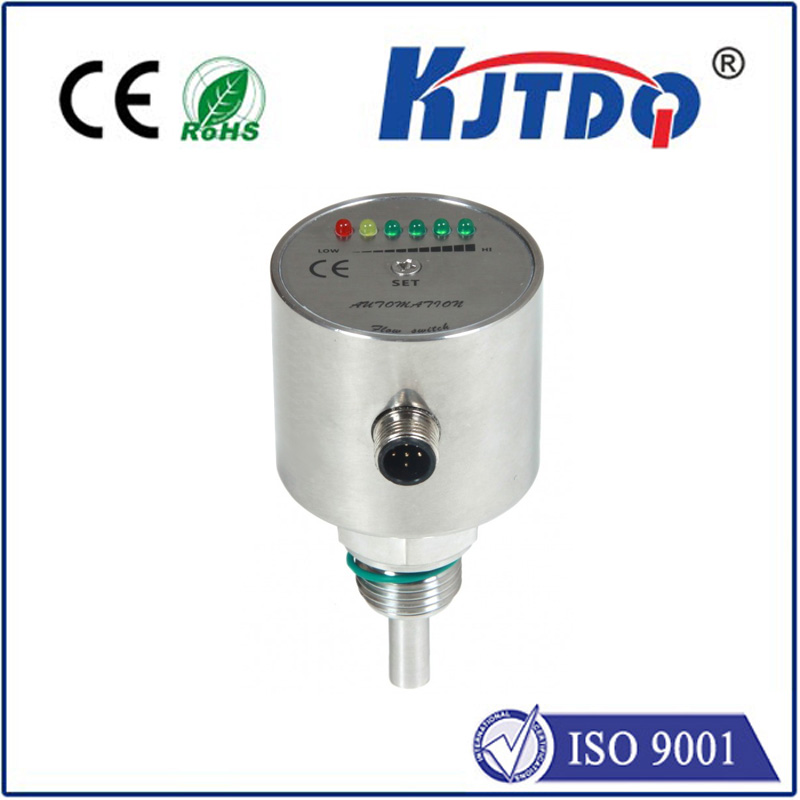

check

check

check

check

check

check

check

check

check

check
Limit switches are essential components in automation and control systems, providing feedback to ensure precise positioning and operation of machinery. Among various limit switch types, the plunger type is particularly popular due to its unique design and functionality. This article aims to explore the concept of limit switch plunger type, its advantages, and applications.
The Plunger Type Limit Switch Basics
A limit switch plunger type consists of a housing, a plunger or actuator, and an internal switch mechanism. The plunger extends out from the housing and can be pressed or released by external forces such as levers, arms, or objects moving along a path. When the plunger is activated, it triggers the internal switch mechanism, which then sends an electrical signal to indicate that a certain position or state has been reached.
Advantages of Plunger Type Limit Switches

One of the primary advantages of using a plunger type limit switch is its simplicity and reliability. The mechanical nature of the device means that it does not require complex electronics or software programming, reducing the risk of errors or failures. Moreover, the physical contact between the plunger and the actuator provides a tactile confirmation of the switch's activation, making it ideal for applications where visual inspection is not feasible or practical.
Another benefit is the ability to customize the actuator length and shape based on specific application requirements. This flexibility allows for seamless integration with various machines and processes, ensuring accurate and reliable performance in different environments.
Applications of Plunger Type Limit Switches
Plunger type limit switches are commonly used in industrial equipment such as conveyors, assembly lines, packaging machines, and robotic systems. They provide critical information about the positioning of objects, ensuring that processes run smoothly and efficiently. For example, in a packaging machine, a plunger type limit switch may be used to detect when a product has reached the correct position before sealing or labeling.
In addition to industrial applications, plunger type limit switches can also be found in commercial settings such as vending machines, elevators, and door mechanisms. They play a crucial role in ensuring safety and proper functioning by signaling when specific conditions have been met.
Conclusion
In conclusion, the limit switch plunger type offers a simple yet effective solution for monitoring positions and states in various applications. Its reliability, customizability, and ease of use make it a popular choice among engineers and technicians looking to implement robust control systems. By understanding the basics of how these devices work and their advantages, designers and operators can select the appropriate limit switch for their specific needs.
